This study examines the consequences of state intervention in the religious arena especially the Brahmanical temples. In this study of social organization, the size and composition of the community of worshippers in made central since it reveals of manner in which members of certain castes had access to the interior of the temple for worship while others, especially the members of lower castes were denied access to worship from inside the temple. This study throws new light on the beginning of the secularization of the social organization of these temples. The inclusion of hitherto excluded social groups in the social organization of the temples indicates a significant broadening of their social base, which now comprises a wide range of castes and denominations than before. This universalisation is accompanied by a weakening of beliefs and practices relating to purity and pollution. Also, the introduction of a bureaucratic administration into the affairs of the temple has given a new place to ideas of secular rationality in the religious activities of the temples. The process of secularization is further strengthened by the fact that the priestly Adisaiva community is opting for secular education and employment in place of its traditional way of life. The entry of trade union activities into the temples also underpins the weakening of the tradition by the process of rationalization. This has also led to the expansion of the secular space within the temples.
Religion, State and Social Policy
In stock
Free & Quick Delivery Worldwide
Bibliographic information
Title
Religion, State and Social Policy
Author
Edition
1st ed.
Publisher
ISBN
8173915822
Length
x+234p., Table; Figures.; Appendix; Bibliography; Glossary; Index; 23cm.
Subjects

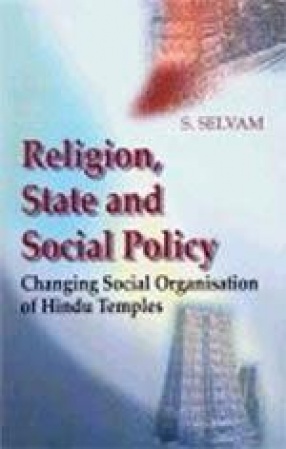
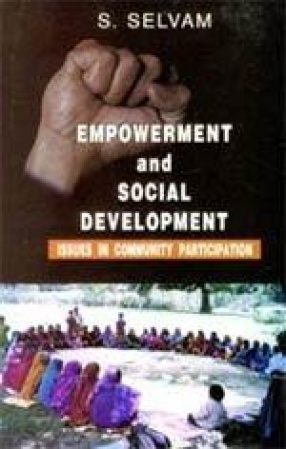
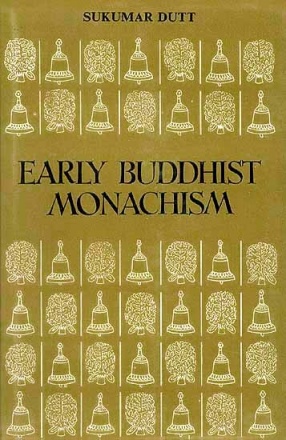
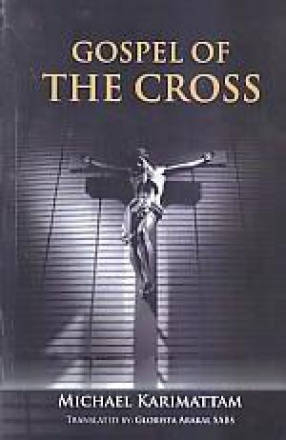
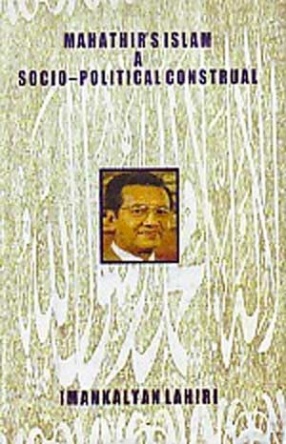
There are no reviews yet.